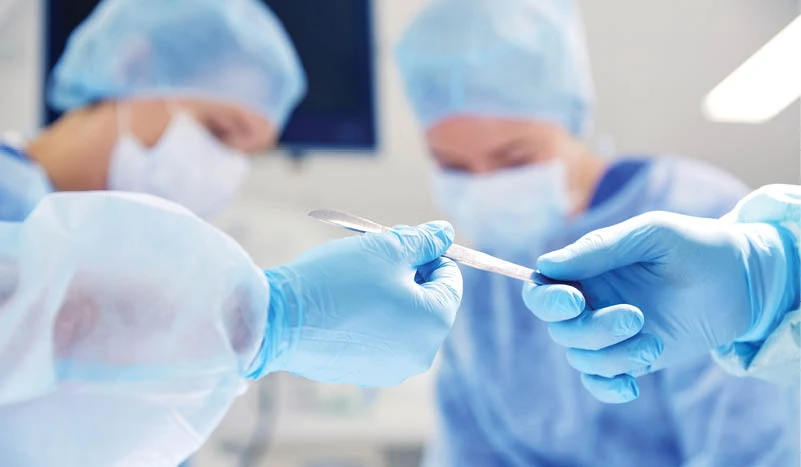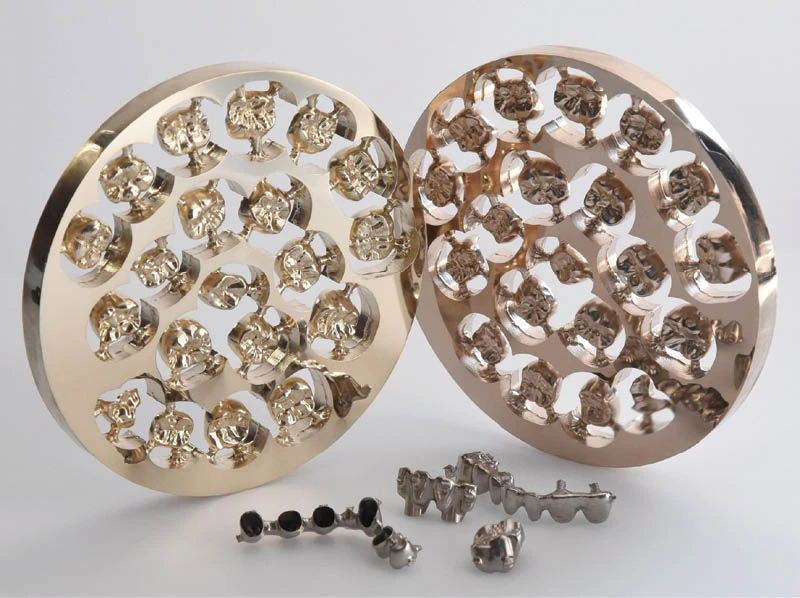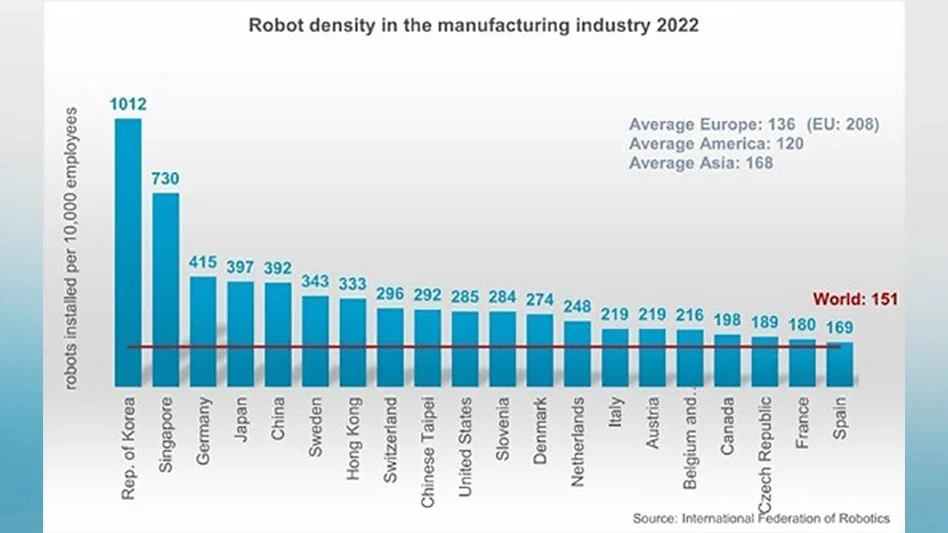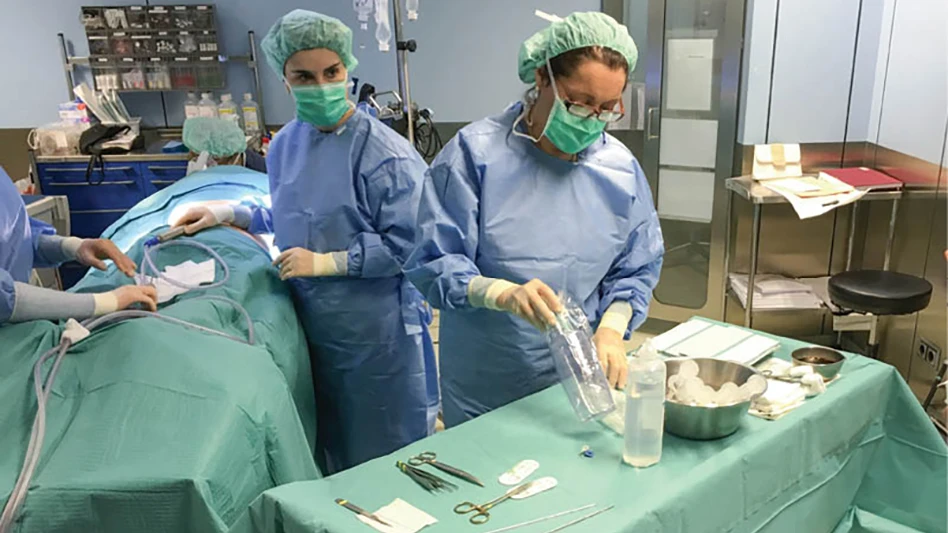
According to the most recent manufacturing update from Don Norman, Ph.D., director of economic studies at the Manufacturers Alliance for Productivity and Innovation (MAPI), U.S. manufacturers faced numerous challenges in 2015, including a strong dollar, heightened uncertainty about slowing economic growth in China, and the dramatic fall in oil and natural gas prices, which has proven to be a double-edged sword. The manufacturing index was unchanged in November, volatile throughout 2015, and, on a year-over-year basis, is 1% above its November 2014 level.
In another MAPI report, Dan Meckstroth forecasts that U.S. manufacturing production growth will be moderate, but will accelerate through 2018. Manufacturing production is predicted to increase 2.6% in 2016, 3.0% in 2017, and 2.8% in 2018. He notes that any output gap from the 2008-2009 recession will have closed by this point and manufacturing growth will slow. Forecasted growth is for 2.6% in 2019 and 2.0% in 2020.
In Meckstroth’s December report, he notes that medical care is a growth business, with an aging population and the Affordable Care Act driving demand.
Strong areas in the U.S. outlook are electromedical and medical equipment & supplies. Electromedical – scopes, defibrillators, EKGs, MRIs, pacemakers, ultrasounds, CT scanners, X-ray machines, and medical radiation therapy machines – saw industry output rise in the third quarter of 2015, as indicated by 2% growth in employment when compared to one year earlier. Medical equipment & supplies production – surgical and medical instruments, surgical appliance and supplies, and dental laboratories – increased 2%, with annual production expected to average near 4% in 2019 and 2020.

Additional Q3 2015 employment growth from MAPI shows:
- 1% – Surgical and medical instrument
- 3% – Surgical appliances and supplies
- 3% – Safety equipment & supplies together with the “all other” group indicates a burst of production growth
- 7% – Dental laboratories industry
MAPI’s annual percent change forecast for manufacturing and related production for medical equipment and supplies is:
- 2015: 2%
- 2016: 3%
- 2017: 3%
- 2018: 3%
- 2019-2010: 4% www.mapi.net
Equpiment purchasing
News from the Equipment Leasing and Finance Foundation’s 2016 U.S. Economic Outlook shows investment in medical equipment rebounded at a 12.4% annual rate in Q3 2015 and is up 4.3% year-over-year. The Medical Equipment Momentum Index increased from 95.2 in November (revised) to 97.6 in December. Overall, the Index continues to suggest stable growth in medical equipment investment during the next three to six months. The equipment and software investment annual growth forecast (year-on-year % growth rates) shows the 10-year average for medical equipment stands at 4.2%, the last four quarters was 4.3%, and the next four quarters shows 5% to 10%. www.leasefoundation.org

Sales, M&A, R&D…
By 2020, worldwide medtech sales are expected to reach $477.5 billion, growing at an annual rate of 4.1% in the next five years, per EvaluateMedTech World Preview. The most current numbers available for the overall market show that sales were $375.2 billion in 2014.
The chart on page 21 shows the compounded annual growth rate (CAGR) forecast for the top 15 medtech categories. Holding the top three spots are in vitro diagnostics, cardiology, and orthopedics, with all of the top 15 spots indicating at least 2.3% CAGR, with some projected to be near 7% CAGR.
The medtech industry saw the first half of 2015 topping $84 billion in mergers, with an 18% decrease in the second half of the year. Because of the number of mergers in 2015, Evaluate’s forecast for the top 10 companies in 2020 (chart above) has a few companies leapfrogging up the rankings.
Prior to the two-year repeal of the medical device excise tax and the permanent extension of the research and experimentation tax credit, forecasts show medtech companies spending $29.5 on R&D in 2020, with annual growth of 3.5%. While this is currently set to be a lower growth rate than the forecast for medtech sales – from 6.4% in 2014 to 6.2% in 2020 – chances are strong this will be revised upward.
Rounding out the industry’s performance is the U.S. Food and Drug Administration’s (FDA) view toward innovation – and currently it is looking kindly. The number of first-time Premarket Approvals (PMAs) and Humanitarian Device Exemptions (HDEs) awarded by the FDA increased 43% from 2013, reaching 33 in 2014. This growth continued into 2015 with 30 first-time PMAs and three HDEs granted in the first eight months alone. This is an uptick of 43% and a 50% increase from the 20 first-time PMAs approved in 2014. www.evaluategroup.com
Other factors, impacts
Medical device design and manufacture engineers should pay close attention to emerging markets. Driven by demographic changes and expanding healthcare spending, Asia Pacific, China, and India are anticipated to see the fastest growth, with China more than doubling to $53.5 billion by 2020. Key to playing in these markets is knowing that products designed for the U.S. market are not always easily sold into these emerging markets, as regulatory requirements, as well as price points, are vastly different. Thoroughly understanding the needs and requirements of the markets is required.
Market and regulatory requirements are also of issue in the U.S. medtech sector. Stewart Eisenhart, a senior regulatory analyst at Emergo, a Texas-based regulatory consultancy, discusses this topic starting on page 28. Eisenhart authors a piece on how CDRH regulatory science priorities provide medical device manufacturers insight into how future regulatory guidelines and requirements may affect their design and development efforts.
As these design and development efforts require attention to detail, changing environments have implications as well. With the healthcare industry becoming highly interconnected in the next decade, wearables – valued at $2 billion in 2012 – are expected to reach $5.8 billion in 2019. With this growth comes the need to understand the underlying cybersecurity risks, as outlined in an interview with Chris Ault, senior product manager for medical software at QNX Software System that starts on page 30.
Rounding out the changing landscape of medical manufacturing is the impact of 3D printing, with regard to regulatory and intellectual property issues. Beginning on page 24, Matthew Jacobson, an associate in the Reed Smith Life Sciences Health Industry Group, looks at the legal challenges with 3D-printed medical devices and how they affect the U.S. Food and Drug Administration (FDA) regulatory framework.
Elizabeth Engler Modic is the editor of TMD magazine. She can be reached at 216.393.2064 or emodic@gie.net.
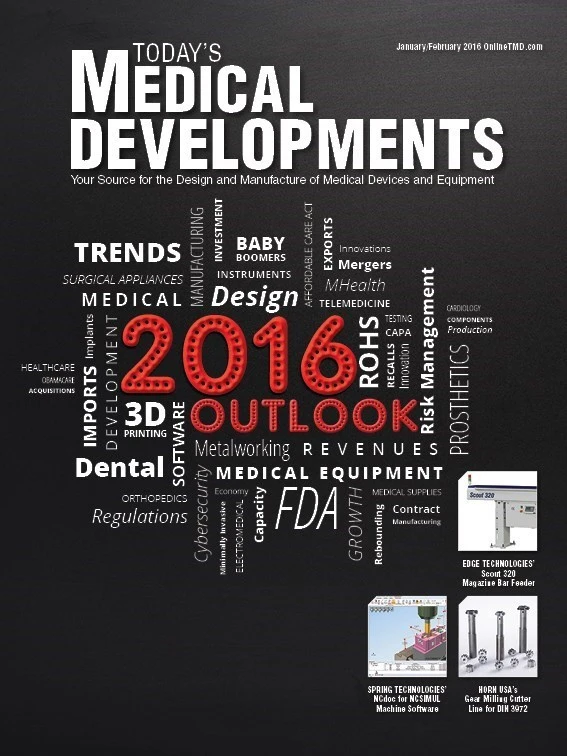
Explore the January February 2016 Issue
Check out more from this issue and find your next story to read.
Latest from Today's Medical Developments
- Best of 2024: #4 Article – Sticking to the basics
- Best of 2024: #4 News – Point of care manufacturing
- Best of 2024: #5 Article – Accelerating medical device development with freeform injection molding
- Best of 2024: #5 News – Complexity, the enduring enemy of medical cybersecurity
- Best of 2024: #6 Article – Closing the global product information gap
- Best of 2024: #6 News – NUBURU enters medical device market with order Blueacre Technology
- Season's greetings
- Best of 2024: #7 Article – Synchronized machining processes for medtech

